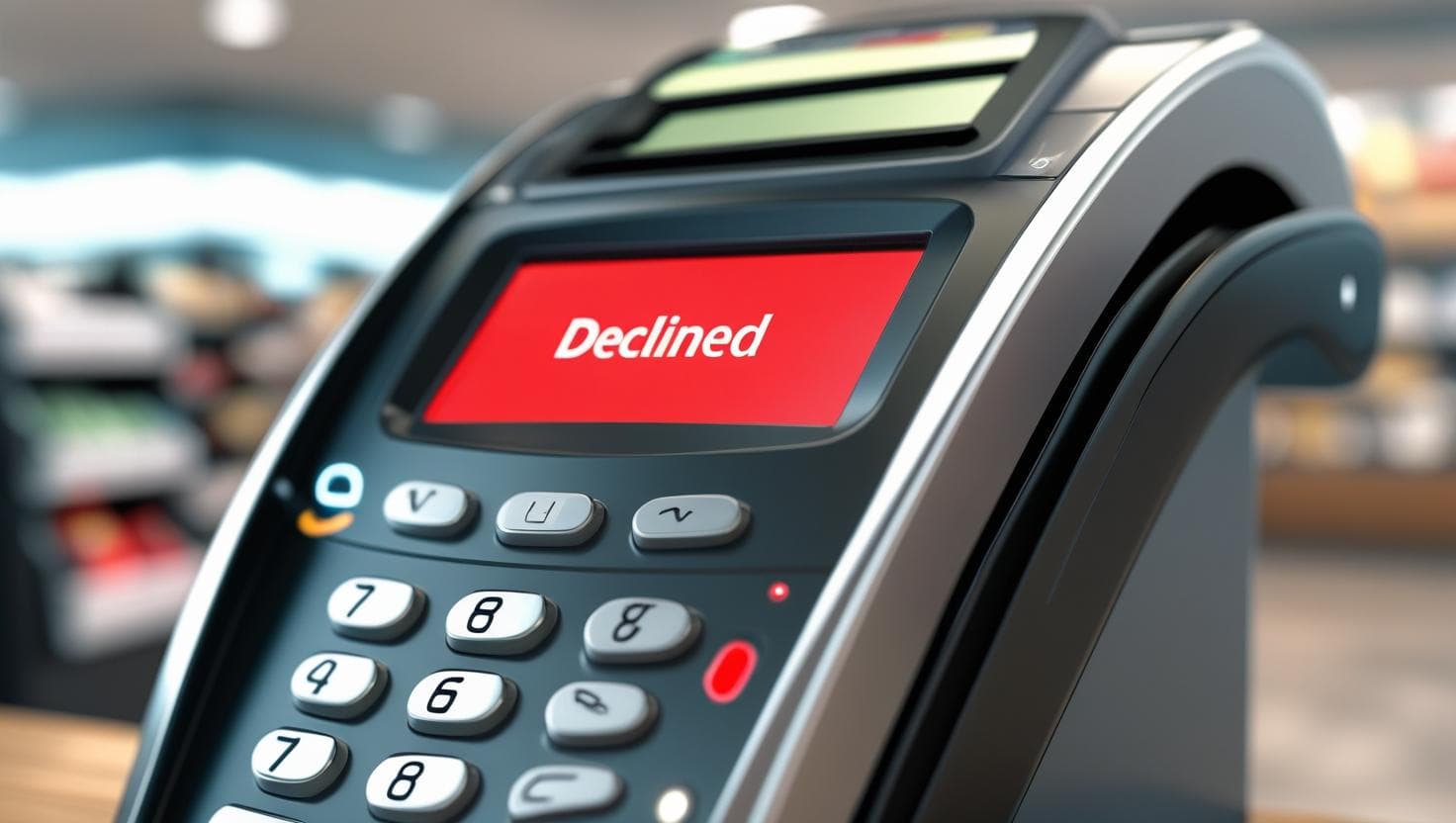Is Your Stripe Integration Leaking Revenue? Common Payment Failure Reasons for SaaS
Is your SaaS losing money to invisible payment issues? Discover common Stripe payment failure reasons and expert tips to stop revenue leaks before they start.

Many SaaS businesses rely heavily on Stripe for their payment processing, assuming a robust system means seamless transactions. While Stripe is undeniably powerful, a surprising amount of revenue can leak through the cracks due to common payment errors and Stripe payment failure reasons that often go unaddressed. If you're experiencing Stripe recurring payment issues or seeing unexpected credit card decline codes Stripe, it's time to investigate.
Even with a top-tier payment gateway, SaaS billing problems related to Stripe can stem from a variety of sources. Understanding these Stripe transaction decline causes is the first step to plugging those leaks and optimizing your revenue.
Why Are My Stripe Payments Failing? Unpacking the Common Culprits
It's frustrating to see a successful trial user or a loyal customer suddenly hit with a "payment failed" notification. So, why are my Stripe payments failing? Let's break down the most frequent scenarios:
1. Insufficient Funds & Bank Declines
This is perhaps the most straightforward reason for Stripe payment failure. Customers may simply not have enough money in their account. However, bank declines can also be due to:
Fraud Prevention Flags: Banks are increasingly vigilant. A large or unusual transaction, even if legitimate, can trigger a security flag.
Expired Cards: An obvious but often overlooked cause. Customers might forget to update their details after receiving a new card.
Card Not Enabled for Online Transactions: Some business or debit cards require activation for online use, which the customer might not be aware of.
2. Expired or Invalid Card Details
A classic source of common payment errors subscription failures.
This includes:
Expired Credit Cards: The most common issue. Many users forget to update their card information when a new one is issued.
Incorrect Card Number or CVV: Simple typos can lead to instant declines.
Incorrect Billing Address/ZIP Code: A mismatch between the provided address and the card's registered address can trigger AVS (Address Verification System) failures, a common Stripe subscription payment error.
3. Soft Declines vs. Hard Declines
Understanding the difference here is crucial for how to prevent payment declines Stripe:
Hard Declines: These are permanent failures, meaning the transaction will never go through with the current card details. Examples include "stolen card" or "do not honor." For these, immediate customer outreach is necessary.
Soft Declines: These are temporary issues that might resolve themselves or can be retried. "Insufficient funds" can sometimes be a soft decline if the customer's balance is expected to change soon. Stripe's Smart Retries feature can be highly effective for these.
4. Technical Glitches and Integration Issues
While less common with Stripe itself, your specific integration can introduce problems:
Webhook Payment Failure: If your Stripe webhook payment failure notifications aren't properly configured or your system isn't processing them correctly, you might miss critical updates about payment statuses.
API Errors: While rare, issues with your application's communication with Stripe's API can lead to transaction failures. Regularly monitoring your Stripe logs can help identify these.
Network Timeouts: Intermittent network issues on either your end or the customer's end can sometimes interrupt the payment flow.
5. Fraudulent Activity Flags
Stripe has robust fraud detection tools (like Radar), but sometimes legitimate transactions can be flagged. This can be related to:
Suspicious Activity: Unusual spending patterns or multiple failed attempts from the same IP address can trigger fraud alerts.
Disputed Charges: If a customer has previously disputed charges from your business, future transactions may be scrutinized more heavily.
How to Prevent Payment Declines Stripe and Boost Revenue
Now that you know the Stripe payment failure reasons, what can you do about them?
Implement Dunning Management: Don't just let failed payments sit. Use automated email sequences to prompt customers to update their payment information. Stripe's own dunning features or third-party tools are invaluable here.
Leverage Stripe's Smart Retries: For soft declines, Stripe can automatically retry payments at optimal times, significantly improving your recovery rate for Stripe recurring payment issues.
Ensure Clear Communication: Send pre-dunning notifications before a card expires. Make it easy for customers to update their payment details directly within your app.
Monitor Webhook Events: Regularly check your Stripe webhook payment failure logs. Ensure your system is correctly receiving and processing all critical payment lifecycle events.
Educate Your Customers: Provide clear instructions for what to do if a payment fails, including checking with their bank or updating card details.
Analyze Your Decline Codes: Don't just see "failed." Dig into the credit card decline codes Stripe provides. This specific information is key to diagnosing the root cause and tailoring your recovery strategy.
Review Your Integration Regularly: Periodically audit your Stripe integration to ensure it's up-to-date and functioning optimally, preventing any unexpected SaaS billing problems Stripe.
By proactively addressing these common payment errors subscription businesses face, you can significantly reduce revenue leakage and ensure your Stripe integration is truly a well-oiled machine, not a sieve. Don't let preventable payment failures undermine your SaaS growth.
Want to read more about churn prevention and revenue recovery?
Back to all blog posts